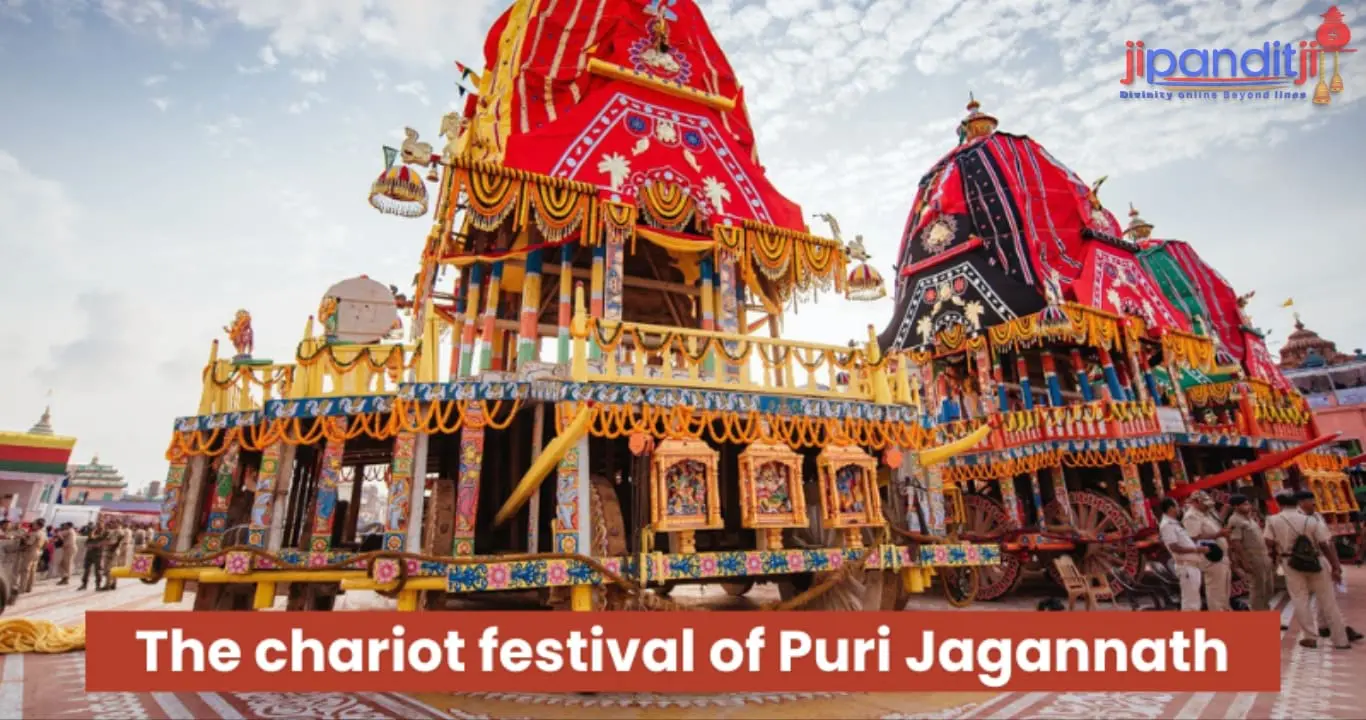Rath Yatra: The Grand Chariot Festival of Lord Jagannath

Rath Yatra, the world-famous festival of Lord Jagannath, is one of India’s most anticipated religious celebrations. This annual festival, held in Puri, Odisha, draws millions of devotees and tourists from around the globe. Known as the “Festival of Chariots,” it marks the journey of Lord Jagannath, along with his siblings Balabhadra and Subhadra, from the Jagannath Temple to the Gundicha Temple. With its deep spiritual significance, grand processions, and vibrant atmosphere, Rath Yatra is a spectacle like no other.
This blog explores the history, significance, and traditions of Rath Yatra while shedding light on its global appeal.
The Origins and Significance of Rath Yatra
Rath Yatra is steeped in mythology and religious beliefs. According to Hindu scriptures, Lord Jagannath, a form of Lord Krishna, embarks on this journey every year to visit his aunt’s temple, the Gundicha Temple. The festival symbolizes unity, devotion, and the cyclical nature of life, where even the supreme deity steps down to be amidst his devotees.
The festival dates back thousands of years and is believed to have been celebrated since the time of the Puranas. The Skanda Purana, Brahma Purana, and other sacred texts mention the rituals associated with Rath Yatra, further validating its historical and spiritual importance.
The Grand Celebration of Rath Yatra
During Rath Yatra, three grand chariots are constructed for Lord Jagannath, Balabhadra, and Subhadra. These chariots are pulled by thousands of devotees in a magnificent procession from the Jagannath Temple to the Gundicha Temple, covering nearly 3 kilometers. The deities remain at the Gundicha Temple for nine days before making their return journey, known as the “Bahuda Yatra.”
Each deity has a distinct chariot:
- Nandighosha (Jagannath’s chariot) – 45 feet high, 18 wheels
- Taladhwaja (Balabhadra’s chariot) – 44 feet high, 16 wheels
- Darpadalana (Subhadra’s chariot) – 43 feet high, 14 wheels
Each chariot is intricately decorated and built anew every year, following ancient traditions and specifications.
The uniqueness of Rath Yatra lies in its accessibility. Unlike other religious ceremonies where deities remain inside temples, this festival allows devotees to directly interact with the Lord. Many believe that pulling the chariot or even witnessing the event bestows divine blessings and washes away past sins.
Rath Yatra’s Global Influence
Over the years, Rath Yatra has gained global recognition, thanks to the efforts of the International Society for Krishna Consciousness (ISKCON). Today, grand chariot festivals inspired by the Puri Rath Yatra are organized in major cities worldwide, attracting diverse audiences. This global expansion has significantly contributed to the cultural and spiritual outreach of Hinduism.
Lesser-Known Facts About Rath Yatra
- Oldest Rath Yatra: The Puri Rath Yatra has been celebrated for over 1,000 years, making it one of the oldest chariot festivals in the world.
- King’s Role: The Gajapati Maharaja of Puri performs the ceremonial “Chhera Pahanra” (sweeping the chariots), signifying that in the eyes of the Lord, everyone is equal.
- Massive Attendance: The festival draws over a million devotees every year, making it one of the largest religious gatherings in India.
- Chariot Construction: The chariots are built using over 1,000 logs of sacred trees from designated forests.
- No Horses or Elephants: Unlike other religious processions, these chariots are pulled solely by human devotees, symbolizing divine connection and collective effort.
How to Experience Rath Yatra
For those who wish to witness this grand festival, planning in advance is crucial. Puri becomes heavily crowded, and accommodations fill up quickly. Watching the event from a rooftop or designated viewing areas provides a better experience. Alternatively, live broadcasts allow devotees worldwide to be part of the celebrations.

